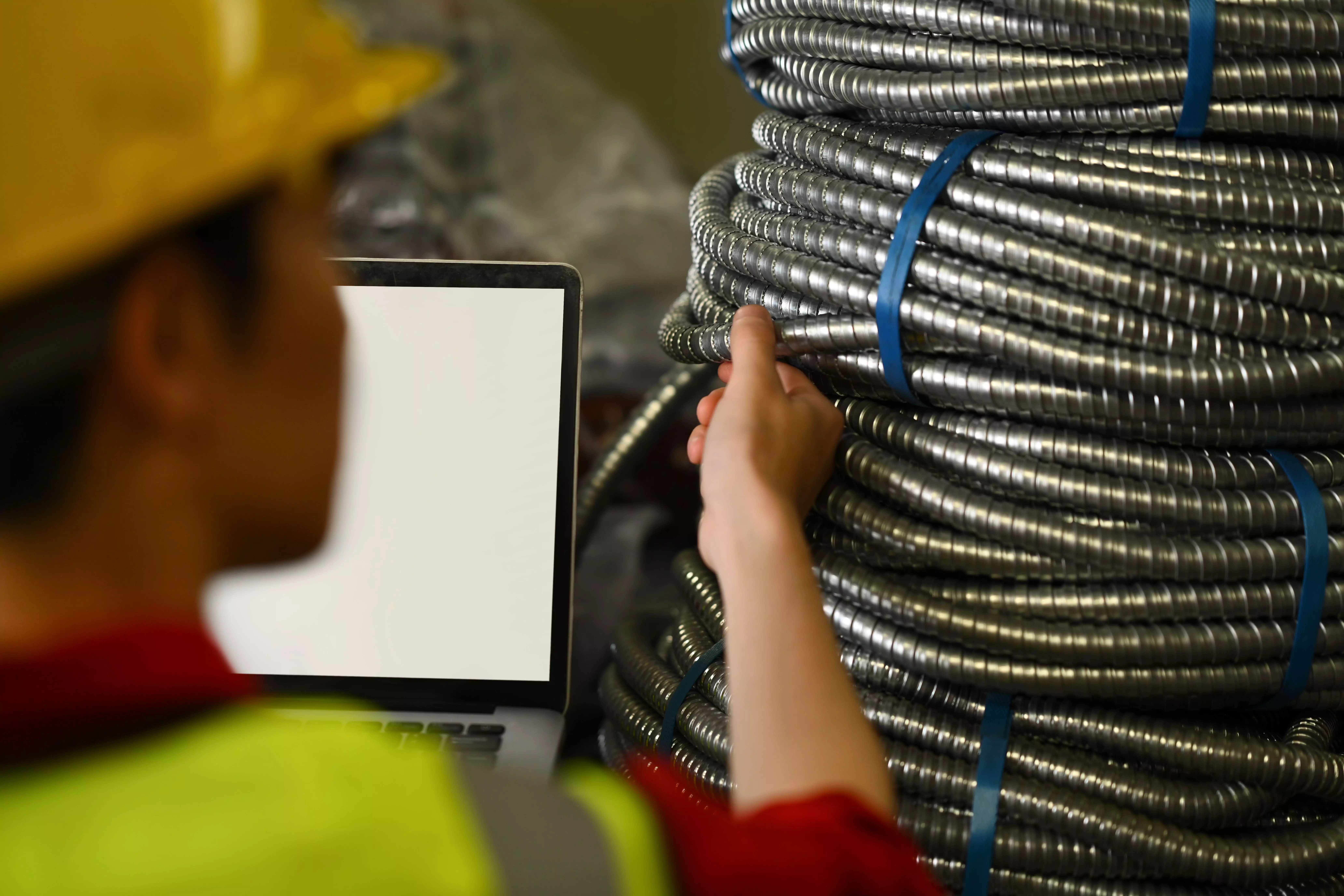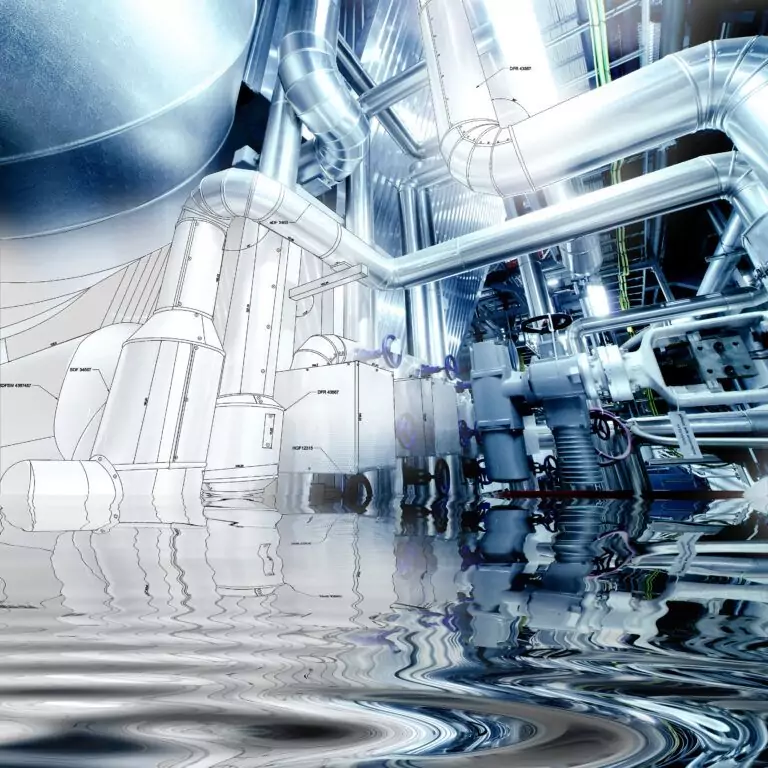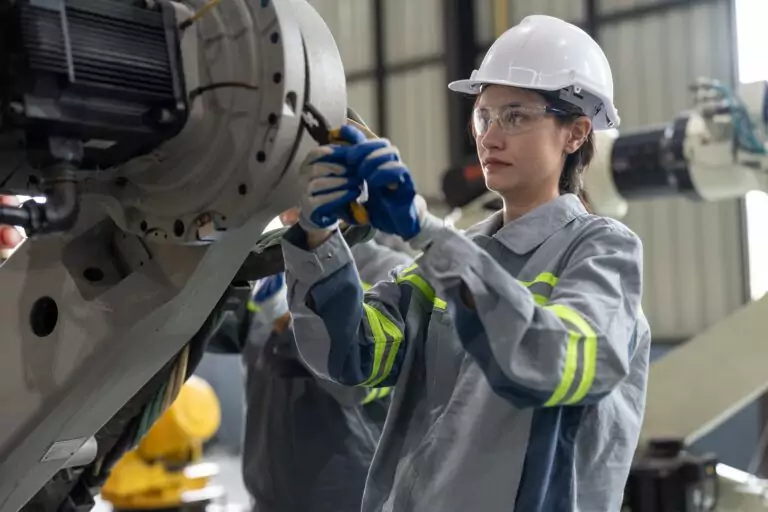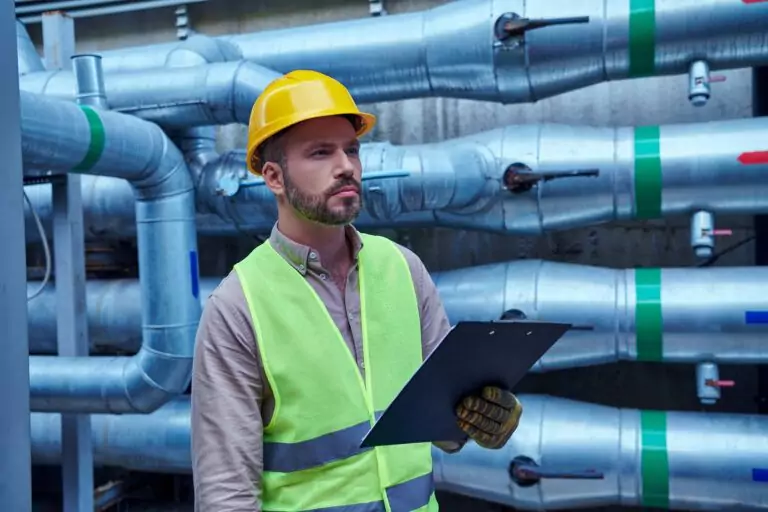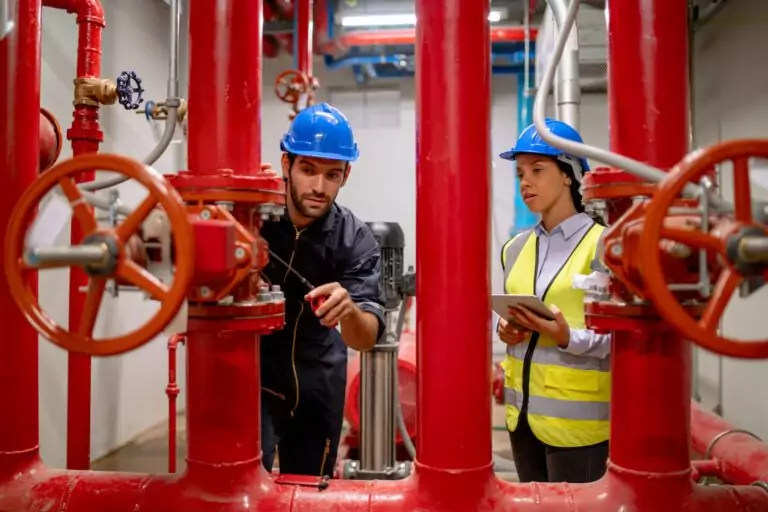When it comes to setting up or maintaining electrical systems in industrial environments, choosing the right conduit is more than just a technical decision; it’s a crucial step for safety, efficiency, and durability. Whether you’re a seasoned electrician or a facility manager looking to understand the nuances of electrical installations, this guide is tailored for you. We’ll dive into why selecting the appropriate conduit matters, exploring the various types available, including metallic and non-metallic options, and how they cater to different environmental conditions.
From safeguarding against moisture and chemical exposure to ensuring compliance with building codes, we cover all the bases to help you make an informed choice. Plus, we’ll touch on considerations for future maintenance and the ever-important balance between cost and performance. Whether you’re embarking on a new project or upgrading an existing system, understanding how to select the right conduit is key to a successful and safe electrical installation.
Let’s get started on navigating the complexities of conduit selection for industrial environments.
Why is Selecting the Right Conduit Important?
Selecting the right conduit is crucial for ensuring the safety, efficiency, and longevity of electrical wiring systems. Conduits, which protect wires from damage and environmental factors, play a pivotal role in electrical installations. Selecting the appropriate conduit is a foundational aspect of electrical system design that impacts functionality, compliance, and protection, underscoring the importance of making an informed choice.
Safety
Selecting the right conduit is imperative for enhancing the safety of an electrical system. It acts as a protective barrier against environmental hazards such as moisture and physical impacts, which can lead to electrical fires and shock risks. Compliance with local building codes is non-negotiable, as these codes are specifically designed to mitigate the risk of electrical accidents.
Tailoring the conduit material to the unique conditions of the installation site further ensures the electrical wiring is shielded from potential dangers, safeguarding both property and human lives.
Efficiency
The efficiency of an electrical system significantly benefits from the correct selection of conduit. A conduit that is well-suited to the application not only facilitates the smooth installation of wires but also simplifies future maintenance or system upgrades. This contributes to the uninterrupted and optimal performance of the electrical system, ensuring it functions at peak efficiency with minimal energy waste or operational disruptions.
Durability
Durability plays a crucial role in the selection of conduit, directly affecting the longevity and reliability of an electrical system. Choosing a conduit material that can withstand the specific environmental and operational conditions of the installation site is key. For instance, metal conduits offer enhanced protection in settings prone to mechanical damage, whereas plastic conduits are better suited for environments with corrosive elements.
Opting for a durable conduit system minimizes the need for constant repairs or replacements, ensuring the electrical system remains reliable over time and providing significant cost savings.
What Types of Conduits are Available?
A variety of conduits are available to meet the diverse needs of electrical installations, categorized mainly into metallic and non-metallic types. The selection between metallic and non-metallic conduits depends on the specific environmental conditions, installation requirements, and regulatory compliance of the electrical system.
Metallic
Metallic conduits are preferred for their robustness and protective qualities, particularly in settings where physical damage is likely.
Rigid Metal Conduit (RMC)
- Rigid Metal Conduit (RMC): A heavyweight option that excels in protection and is suitable for both visible and hidden setups. It thrives in varied environments, including those classified as hazardous.
Intermediate Metal Conduit (IMC)
- Intermediate Metal Conduit (IMC): Offers a lighter alternative to RMC, yet maintains a high protection level. Its ease of handling and installation renders it a cost-effective solution for numerous applications.
Electrical Metallic Tubing (EMT)
- Electrical Metallic Tubing (EMT): The most lightweight metallic choice, predominantly utilized indoors. Its installation and bending simplicity make it a go-to for many commercial and industrial projects.
Non-Metallic
Non-metallic conduits are distinguished by their insulating properties and resistance to corrosion, making them apt for environments where metallic conduits might falter.
Rigid Non-Metallic Conduit (RNC)
- Rigid Non-Metallic Conduit (RNC): Constructed from materials like PVC, it provides unmatched protection against moisture and corrosive elements. This makes it ideal for use outdoors, underground, or in wet locations.
Electrical Nonmetallic Tubing (ENT)
- Electrical Nonmetallic Tubing (ENT): Known for its flexibility, ENT is suited for encased or embedded installations in walls, floors, and ceilings. It’s especially useful in scenarios where rigid conduit installation poses challenges.
How to Assess the Environmental Conditions?
Assessing the environmental conditions is critical for selecting the appropriate conduit. Understanding these factors is essential for choosing a conduit that not only meets regulatory compliance but also ensures the long-term reliability and safety of the electrical system.
Chemical Exposure
Chemical exposure necessitates the selection of conduit materials that are resistant to corrosive substances to ensure long-term durability.
Acids and Bases
Conduits must be capable of withstanding exposure to acids and bases, highlighting the importance of chemically resistant materials.
Solvents and Oils
The presence of solvents and oils requires conduits that are impervious to these substances, maintaining their structural integrity over time.
Temperature Extremes
Conduit selection must account for temperature extremes to guarantee performance in varying environmental conditions.
High Temperature
Materials that can endure high temperatures are essential for conduits in hot environments, preventing degradation and loss of protection.
Low Temperature
Conduits exposed to low temperatures need materials that remain flexible and do not become brittle, ensuring continued protection in cold climates.
Physical Impact Risks
The potential for physical impact risks necessitates conduits that can withstand mechanical stressors, safeguarding the internal wiring.
Vibration and Shock
In environments subject to vibration and shock, conduits must be robust enough to maintain their integrity and protect the wiring inside.
Abrasion and Cutting
Protection against abrasion and cutting is crucial for conduits to prevent external damage that could compromise the electrical system’s safety and functionality.
What are the Installation Requirements?
The installation requirements for conduits are dictated by several crucial factors that ensure the safety, functionality, and compliance of the electrical system. Recognizing these requirements is key to selecting the appropriate conduit type that not only meets the specific demands of the installation but also ensures long-term reliability and adherence to regulatory standards.
Flexibility
Flexibility is crucial for conduits in settings where they must weave around obstacles or fit into limited spaces.
Need for Bending and Curves
The need for bending and curves necessitates the use of conduits that offer ease of manipulation while maintaining their protective function.
Expansion and Contraction
Conduits must be able to withstand expansion and contraction as a result of temperature variations, ensuring ongoing structural integrity and operational efficiency.
Fixed or Embedded
Fixed or embedded applications call for conduits that can be securely affixed or encased, providing steadfast protection against environmental and mechanical stresses.
Surface Mounting
Surface mounting demands conduits that are capable of being mounted directly onto various surfaces, requiring materials that can endure direct exposure to environmental elements.
Buried or Encased in Concrete
For conduits that are buried or encased in concrete, durability against moisture ingress and physical damage is essential to guarantee their longevity and reliability.
How to Consider Future Maintenance and Upgrades?
Considering future maintenance and upgrades from the start is essential for ensuring the electrical system’s adaptability and efficiency over its lifespan. By planning for future requirements, the system’s longevity is enhanced, and cost savings are realized by reducing the need for disruptive and costly retrofitting efforts.
Accessibility for Repairs
Prioritizing accessibility for repairs is key, enabling swift and effective maintenance or troubleshooting efforts with minimal disruption to the overall system.
Capacity for Additional Cables
Anticipating the capacity for additional cables is vital, ensuring the system can support future growth or technological advancements without extensive modifications.
What are the Regulatory and Compliance Considerations?
Navigating the regulatory and compliance landscape is crucial when selecting conduits for electrical installations. Keeping abreast of updates and amendments to these codes ensures that installations remain compliant over time, safeguarding against potential legal and safety issues. Compliance is not just about meeting current standards but also anticipating future changes to maintain the integrity and safety of electrical systems.
National Electrical Code (NEC)
The National Electrical Code (NEC) establishes critical guidelines for ensuring electrical safety across residential, commercial, and industrial settings.
Article 300: General Requirements for Wiring Methods and Materials
Article 300 outlines the essential requirements for wiring methods and materials, promoting safe and effective electrical installations.
Article 342: Intermediate Metal Conduit: Type IMC
Article 342 provides detailed specifications for the use, installation, and compliance of Intermediate Metal Conduit (IMC), a key component in electrical systems.
Local Codes and Standards
Local codes and standards may augment the NEC with additional requirements, reflecting the unique needs and safety concerns of specific regions.
Variances by Region
Variances by region acknowledge the necessity of adapting electrical installations to accommodate local environmental, construction, and safety considerations.
Updates and Amendments
Keeping abreast of updates and amendments to electrical codes and standards is vital for ongoing compliance and the sustained safety of electrical installations.
How to Evaluate Cost Versus Performance?
Evaluating cost versus performance involves a meticulous analysis to ensure the chosen conduit system delivers optimal value throughout its service life. By carefully balancing upfront expenses with anticipated performance gains, stakeholders can select a conduit system that not only adheres to immediate budgetary limits but also aligns with overarching operational and maintenance goals, securing cost efficiency over time.
Initial Cost
The initial cost encompasses both the material costs and the installation labor, forming the foundation of the budget for the conduit system.
Material Costs
Material costs are influenced by the conduit type and quality, directly impacting the upfront investment required.
Installation Labour
Installation labour represents a substantial part of the initial expenditure, varying with the project’s scale and complexity.
Long-term Benefits
Evaluating long-term benefits is essential, as they contribute significantly to the investment’s value over its lifecycle.
Durability and Lifespan
Durability and lifespan extend the service life of the conduit system, decreasing the frequency of replacements and repairs and thereby offering long-term cost savings.
Maintenance Savings
Maintenance savings emerge from reduced repair costs and fewer service interruptions, further enhancing the overall value of the conduit system.
Laying the Groundwork for Safer Systems
Choosing the right conduit means aligning safety, durability, and performance with your facility’s environmental and operational demands. From understanding conduit types and installation needs to factoring in future upgrades and compliance, every decision counts. A well-selected conduit system not only protects your investment but also sets the stage for long-term reliability and efficiency.
At Vista Projects, our integrated engineering team helps industrial clients design and implement conduit systems that meet code, withstand harsh conditions, and support future scalability.
Need help selecting the right conduit for your environment? Let’s start planning your next project with Vista Projects.
